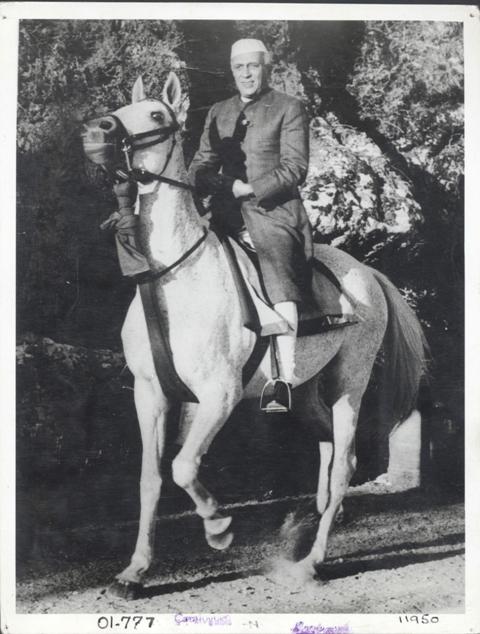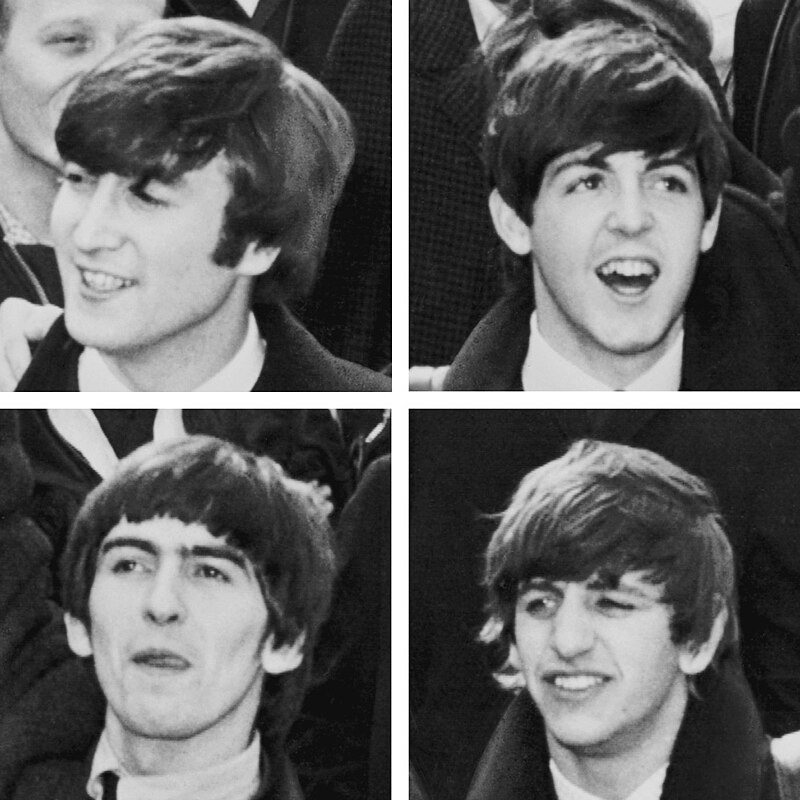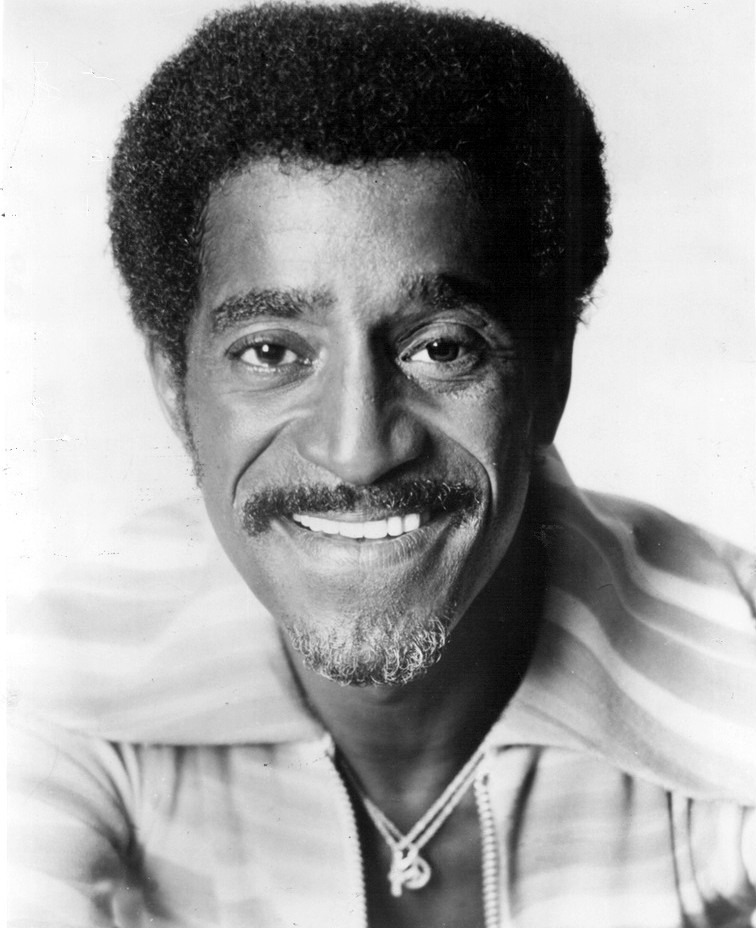The Nehru jacket, a distinctive style of apparel, emerged as a global fashion trend in the 1960s, though its origins trace back much earlier to India. Named after Jawaharlal Nehru, the Prime Minister of India from 1947 to 1964, this jacket is identified by its characteristic mandarin collar and its simplicity of design. While Nehru himself did not typically wear this particular style, the Western world adopted the name due to his preference for similar traditional Indian attire.
This item of clothing gained iconic status in the West during the late 1960s and early 1970s. This era of fashion was marked by an eagerness to explore and incorporate diverse, international elements into everyday wear. Celebrities and influential figures of the time, including The Beatles and Sammy Davis Jr., played a pivotal role in popularizing the Nehru jacket, further cementing its place in the annals of fashion history. Their adoption of the jacket provided a clear signal that Western fashion was ready to embrace a more global and minimalist aesthetic.
Historical Context of the Nehru Jacket

The Nehru jacket’s journey from a political symbol to a global fashion trend intertwines the narrative of a nation’s heritage with the eclectic dynamism of the 1960s fashion scene.
Influence of Jawaharlal Nehru
Jawaharlal Nehru, the first Prime Minister of India, was central to the jacket’s iconic status. Known for his impeccable sartorial taste, Nehru often wore a tailored knee-length coat with a mandarin collar, giving rise to what would be known as the “Nehru jacket“. His style was unique in politics, notably different from the Western suits of his contemporaries like President Kennedy. The Nehru jacket soon embodied a mix of eastern elegance and western practicality, making it a distinct garment reflecting post-colonial pride and modernity.
Popularity in Western Fashion

By the 1960s, the Nehru jacket had crossed geographical boundaries and became a fashion sensation in America and Europe. Icons such as The Beatles and Sammy Davis Jr. were instrumental in popularizing the style; their embrace of the aesthetic on TV and public appearances endeared the Nehru jacket to the American youth and the burgeoning mod fashion movement. It was particularly favored by those entranced by minimalistic yet bold statements in attire, often paired with trousers and a variation of shirts including turtlenecks. The Nehru jacket’s simplistic design also facilitated the display of bead necklaces – a new and popular element in male youth dress. Its resemblance to the “Mao suit” further intensified its political connotations during a time of significant cultural and political exchange.
Design and Aesthetics
The Nehru jacket, emerging from its Indian origins, became a 1960s style icon, featuring unique collar designs and a variety of fabrics that were both traditional and reflective of contemporary trends.
Defining Characteristics
The Nehru jacket is distinguished by its straight, closer-fitting silhouette and a front-button closure. It typically extends to just below the hips. Unlike Western-style suit jackets, it is characterized by minimal external pocket detailing, often just featuring one chest pocket. This jacket stands out for its simplicity and clean lines, emblematic of the modernist fashion of the 1960s.
Collar and Lapels
Collar: Central to the Nehru jacket’s design is the Mandarin collar, a small, upright, and round collar that begins at the neckline and stands up approximately 1 to 5 centimeters. It is a collarless design with a distinct look that eliminates traditional lapels.
Materials and Fabrics
Fabrics: A spectrum of fabrics can be seen in Nehru jackets, ranging from traditional khadi and silk to durable tweed and soft velvet. Patterns such as subtle stripes, checks, plaid, or vibrant colors are often used to complement the jacket’s understated cut.
| Common Fabrics | Attributes |
|---|---|
| Silk | Luxurious, often solid colors |
| Khadi | Hand-spun, symbolic to India |
| Tweed | Textured, durable, typically for colder climates |
| Velvet | Smooth, opulent, oftentimes brightly colored |
These materials provided not only a range of visual aesthetics but also functional characteristics to suit different climates and occasions.
Cultural Significance
The Nehru jacket emerged in the 1960s as more than just a fashion statement; it represented a blend of cultural identity and modern style that resonated with the youth and celebrities alike.
Symbolism and Representation
Initially synonymous with Indian Prime Minister Jawaharlal Nehru, the Nehru jacket appropriated elements from traditional Indian garments, such as the sherwani and achkan. In a time when fashion was becoming a form of self-expression and political statement, the Nehru jacket symbolized a shift towards a more global and multicultural perspective, particularly among the American youth and Europe.
Influence on Music and Television
In the realm of music and television, the Nehru jacket became particularly iconic thanks to influential figures like The Beatles, Sammy Davis Jr., and The Temptations. The Beatles’ adoption of the style gave it a significant boost, making it fashionable among the youth who viewed the band as trendsetters. On television, personalities such as Johnny Carson often donned the Nehru jacket, further cementing its popularity and presence in American entertainment. The jacket’s sleek design and distinctive collar were novel, offering a fresh look that departed from the conventional lapel design prevalent on TV.

Through its embodiment in popular culture, the Nehru jacket transcended its origins, capturing the zeitgeist of the ’60s and becoming inseparable from the era’s push for innovation and cross-cultural exploration.
Evolution and Adaptation
The Nehru jacket experienced significant stylistic evolution during the 1960s, transitioning from its origins in Indian cultural attire to becoming a Western fashion statement embodying a blend of sophistication with a nod to countercultural trends.
Variations in Style
Originally deriving from traditional Indian garments, the Nehru jacket adopted a form that straddled both conservative and fashion-forward elements. The classic Nehru jacket is characterized by its mandarin collar and a front-button closure. Although originally single-breasted, variations in style included double-breasted designs, embracing Western sartorial norms.
- Material: Fabrics like khadi and herringbone were popular, adding texture.
- Design: In some instances, paisley prints added a splash of psychedelic flavor that was highly favored by the mod scene.
- Pairings: The jacket was often worn with turtlenecks, replacing more traditional dress shirts, and complemented with slim-fitting trousers and sometimes skinny ties.
The jacket’s streamlined shape made it a versatile piece, equally fitting for casual and semi-formal ensembles. It marked a departure from typical American suits and sport coats, offering a collarless alternative that resonated with the era’s penchant for breaking fashion boundaries.
Contemporary Uses
In contemporary fashion, the Nehru jacket maintains its relevance through eclectic usage, spanning formal to casual settings.
- Formal Attire: It is often spotted as an alternative to the tuxedo, particularly with a bow tie, lending a distinctive, yet formal appearance.
- Casual and Semi-Formal: For a more relaxed look, the jacket pairs well with t-shirts or tunic-style shirts in earth tones, embodying a balance of comfort and elegance.
While its prevalence may not mirror the peak popularity of the ’60s, the Nehru jacket continues to be a statement piece, appreciated for its unique silhouette and its chameleonic ability to adapt to the evolving landscape of style.
Buying Guide
In selecting a Nehru jacket, material and style take precedence. This guide provides insights into choosing a jacket that reflects individual style while maintaining authenticity.
How to Choose the Perfect Nehru Jacket
When choosing the perfect Nehru jacket, one should consider fabric and fit as paramount. Traditional options such as silk and velvet offer a luxurious feel and subtle sheen, suitable for special occasions. Tweed Nehru jackets are more casual and can complement day-to-day attire. The jacket’s distinctive stand-up collar, which replaces narrow lapels, should sit neatly without constricting movement.
- Fabrics: Select from silk, velvet, or tweed based on the occasion.
- Colors: Opt for conservative shades for formal events or bolder stripes for a standout look.
- Fit: Ensure the jacket’s length complements the body shape, ending at the hip without being overly baggy.
Accessorizing with Style
Accessorizing a Nehru jacket effectively involves subtlety and attention to detail. Collarless jackets like the Nehru jacket can be paired with a turtleneck for a sophisticated ensemble. In terms of jewelry, minimalistic pins can enhance the jacket’s elegance without overshadowing its simplicity.
- Shirts: Opt for a kurta for traditional appeal or a high-collared shirt for western wear.
- Trousers: Pair with trousers that offer a sharp contrast or complementary color to the jacket.
- Pins: Select simple pins that add a touch of class without excess shine.

